Text
Poetry by a billionaire just sounds like something I don't want to ever hear, for so many different reasons.
But being forced to listen to it because I have to take my daughter somewhere reminds me so much of the Vogons in Hitchhikers Guide to the Galaxy.
2 notes
·
View notes
Text
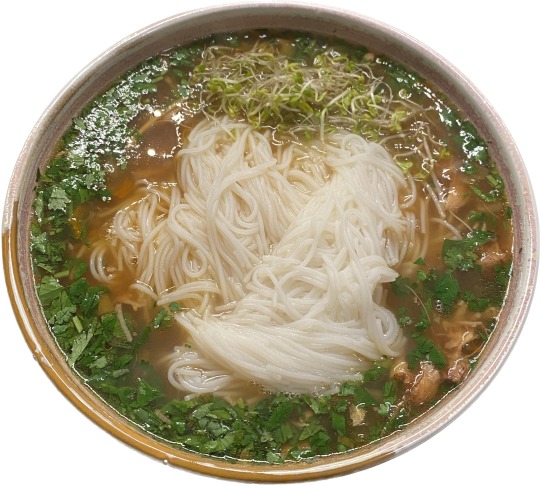
Roasted chicken, ginger, daikon, shiitake mushroom soup with lime, cilantro, broccoli sprouts, and rice noodles
167K notes
·
View notes
Text

Tagging: I don't really have anyone to tag. I'm kinda still kinda new even though I have had this account for a long time. But it was fun to make this little avatar all the same.
Time for a new picrew game

Tagging: @theferricfox @postwarlevi @humanitys-strongest-bamf @the-milk-anon @darlingheichou @spicerackofblorbos @likelilacwine
679 notes
·
View notes
Text
This balloon looks like if Bernie Mac made a guest appearance on King of the Hill.



King of the Hill balloon left over after my son’s birthday party. I feel like it belongs online.
#That would have been hilarious#Hank Hill and Bernie Mac would have had more in common than they would expect
13K notes
·
View notes
Text
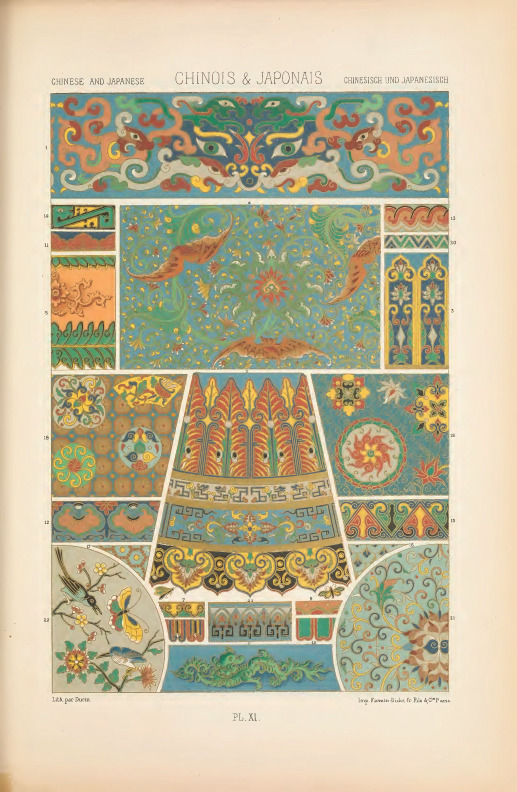
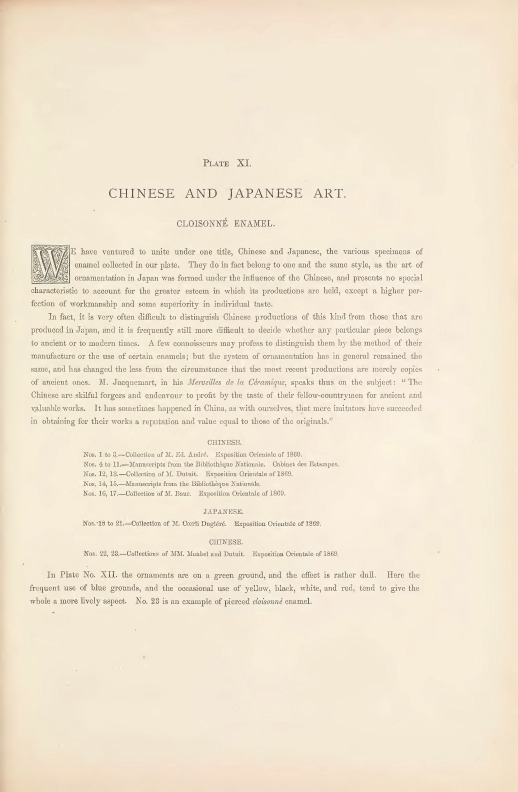
Albert Racinet's "Polychrome Ornament," 1869
PLATE XI.
CHINESE AND JAPANESE ART.
CLOISONNE ENAMEL.
WE have ventured to unite under one title, Chinese and Japanese, the various specimens of enamel collected in our plate. They do in fact belong to one and the same style, as the art of ornamentation in Japan was formed under the influence of the Chinese, and presents no special characteristic to account for the greater esteem in which its productions are held, except a higher perfection of workmanship and some superiority in individual taste.
In fact, it is very often difficult to distinguish Chinese productions of this kind from those that arc produced in Japan, and it is frequently still more difficult to decide whether any particular piece belongs to ancient or to modern times. A few connoisseurs may profess to distinguish them by the method of their manufacture or the use of certain enamels; but the system of ornamentation has in general remained the same, and has changed the less from the circumstance that the most recent productions are merely copies of ancient ones. M. Jacquemart, in his Merveilles de la Ceramique, speaks thus on the subject: "The Chinese are skilful forgers and endeavor to profit by the taste of their fellow-countrymen for ancient and valuable works. It has sometimes happened in China, as with ourselves, that mere imitators have succeeded in obtaining for their works a reputation and value equal to those of the originals."
CHINESE.
Nos. l to 3.-Collection of 11L Ed. Andre. Exposition Orientale of 1869.
Nos. 4 to 11.-Manuscripts from the Bibliotheque Nationale Cabinet des Esfampes.
Nos. 12, 13.-Collection of M Dutnit. Exposition Orientale of 1869.
Nos. 14, 15.-:Manuscripts from the Bibliothegue Nationale.
Nos. 16, 17 .-Collection of M. Baur. Exposition Orientale of 1869.
JAPANESE.
Nos.·18 to 21.-Collection of M. Coerli Duglere. Exposition Orieutale of 1869.
CHINESE.
Nos. 22 - 23.-Collections of MM. Monbel and Dutuit. Exposition Orientale of 1869.
#art#1800s#1800s art#cultural art#albert racinet#antiquity#illustration#design#ancient art#ancient china#ancient japan#chinese art#japanese art#aesthetic#chinese aesthetic#japanese aesthetic#19th century
8 notes
·
View notes
Text

#Men driving recklessly fast is the equivalent of women wearing long false eyelashes#Neither one of these are about attracting the opposite sex#But feeling good about yourself and hoping to impress people with the same style of thinking#BUT one of these has a high chance of getting someone killed
85K notes
·
View notes
Text
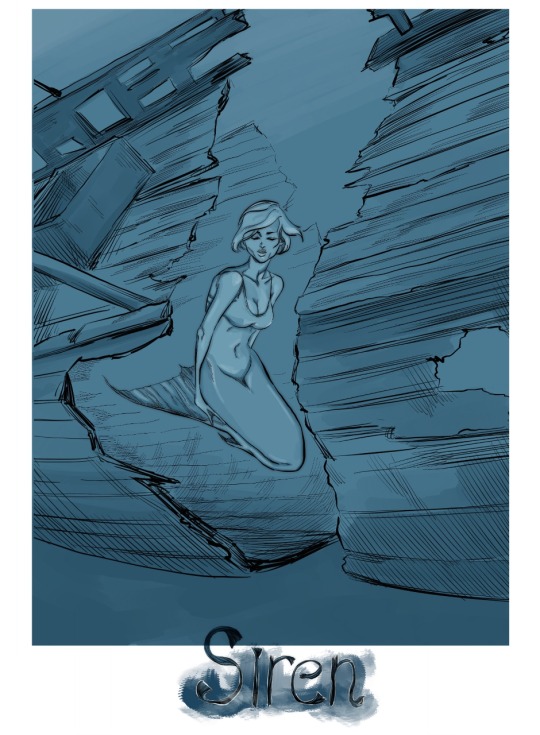
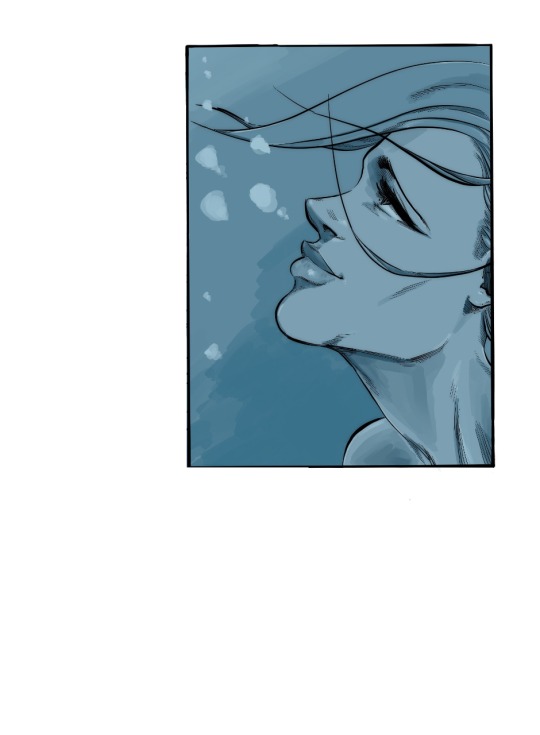


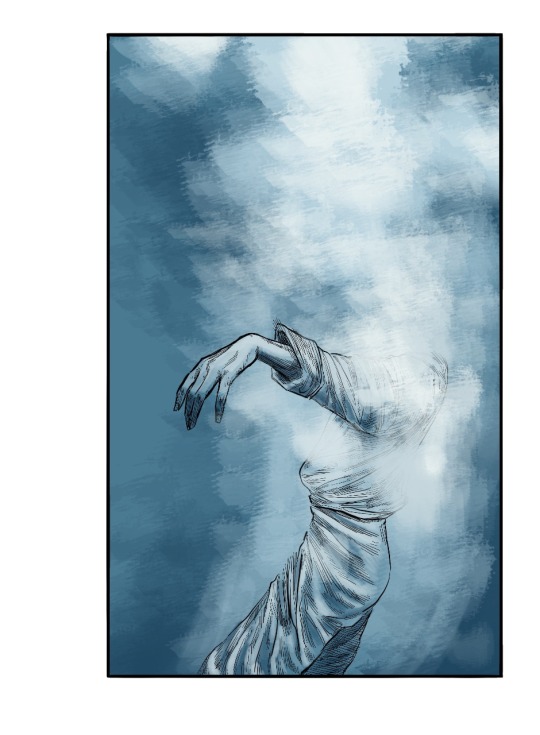
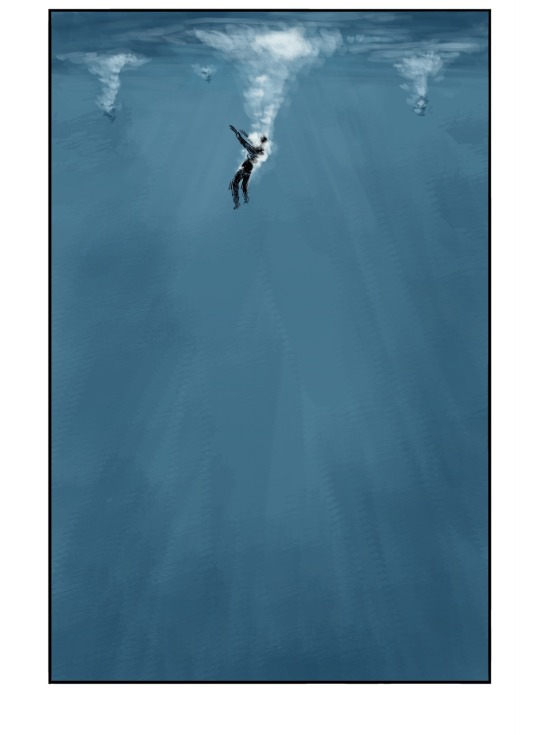
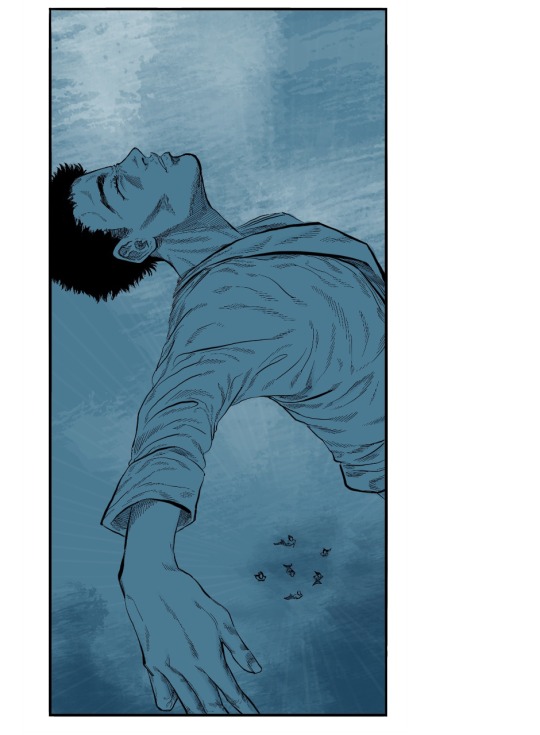

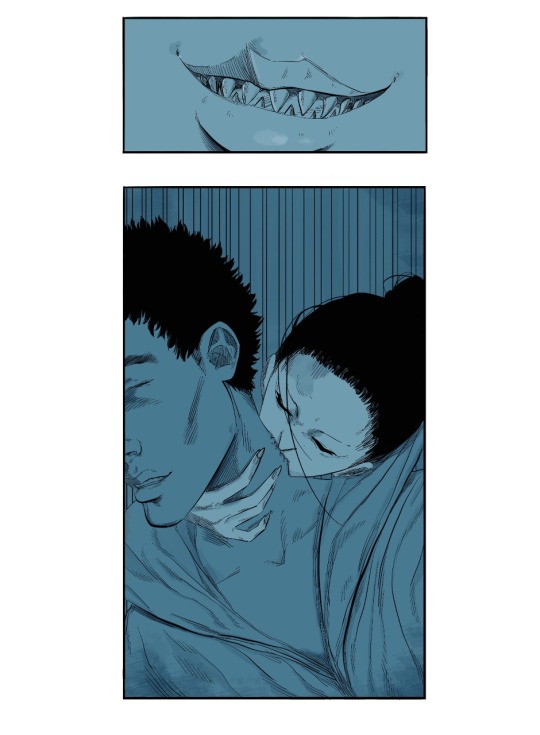
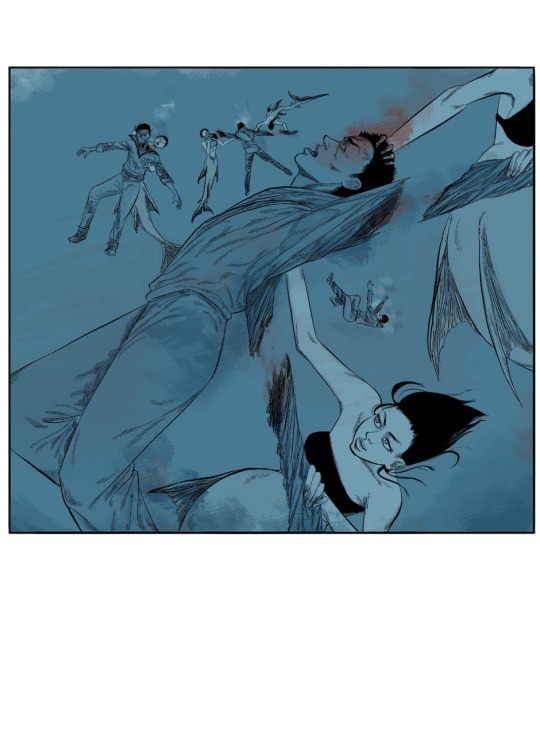



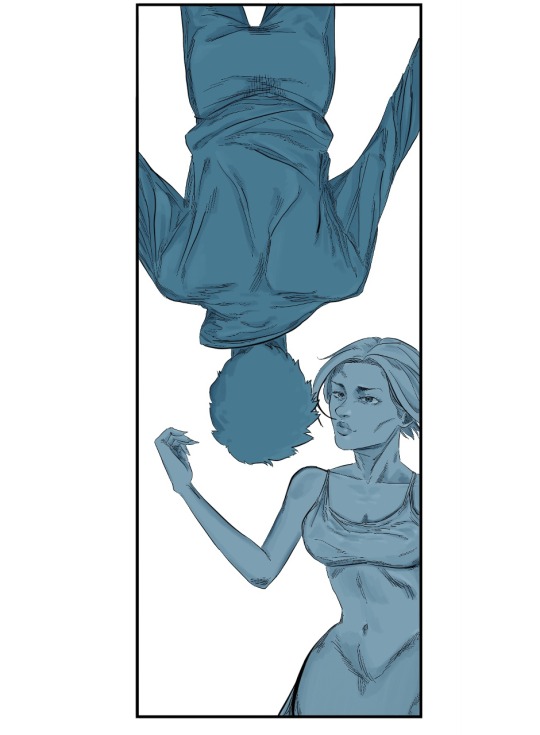





I want to see what it would look like in web format. My siren story.
253 notes
·
View notes
Text
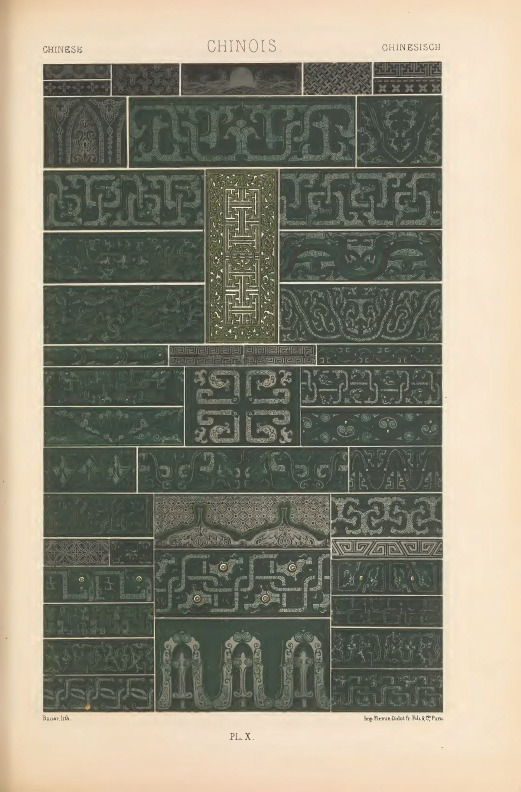
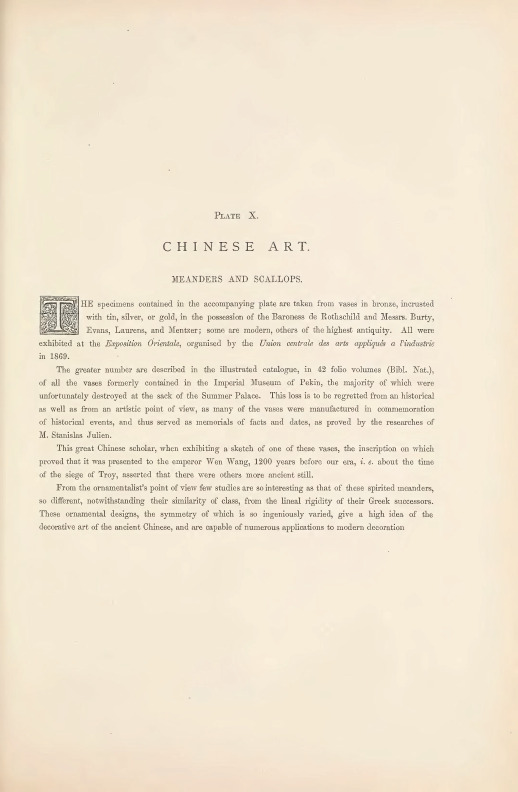
Albert Racinet's "Polychrome Ornament," 1869
PLATE X.
CHINESE ART.
MEANDERS AND SCALLOPS.
THE specimens contained in the accompanying plate are taken from vases in bronze, incrusted with tin, silver, or gold, in the possession of the Baroness de Rothschild and Messrs. Burty, Evans, Laurens, and Mentzer; some are modern, others of the highest antiquity. All were exhibited at the Exposition Orientale, organised by the Union centrale des arts appliques a l'industrie in 1869.
The greater number are described in the illustrated catalogue, in 42 folio volumes (Bibl. Nat.), of all the vases formerly contained in the Imperial Museum of Pekin, the majority of which were unfortunately destroyed at the sack of the Summer Palace. This loss is to be regretted from an historical as well as from an artistic point of view, as many of the vases were manufactured in commemoration of historical events, and thus served as memorials of facts and dates, as proved by the researches of M. Stanislas Julien.
This great Chinese scholar, when exhibiting a sketch of one of these vases, the inscription on which proved that it was presented to the emperor Wen Wang, 1200 years before our era, i. e. about the time of the siege of Troy, asserted that there were others more ancient still.
From the ornamentalist's point of view few studies are so interesting as that of these spirited meanders, so different, notwithstanding their similarity of class, from the lineal rigidity of their Greek successors. These ornamental designs, the symmetry of which is so ingeniously varied, give a high idea of the decorative art of the ancient Chinese, and are capable of numerous applications to modern decoration
#art#1800s#1800s art#cultural art#illustration#albert racinet#antiquity#ancient art#chinese#chinese art#ancient china#1900s#1900s art#aesthetic#green#chinese aesthetic#design
8 notes
·
View notes
Text

Today i learned there was a trend of people licking ice cream pints then putting them back on the shelf, and...WHAT THE ACTUAL FUCK?????💢
#The Lickening#She for real tho#It was like a trusted piece of the social contract had been torn asunder
3 notes
·
View notes
Text
HELLO I CAN FINALLY POST IT NOW CAUSE RORA POSTED THEIR RANCHERS SUPERHERO AU FIC

Tango as Deepfrost my beloved villain anti-hero
75 notes
·
View notes
Text


Albert Racinet's "Polychrome Ornament," 1869
PLATE IX.
GRECO-ROMAN ART.
MOSAICS, PAINTED BAS-RELIEFS, AND MURAL PAINTINGS.
THE use of mosaic is very ancient; its name is derived. from the Greek word Moura, Muse.
"If an invention," says M Barre, "is attributed to the Muses collectively, and not to some particular artist, or special divinity of the second rank, if it has never become the theme of the narrations of poets and fabulists, we may be sure that it has been a common practice from time immemorial, and comprises nothing that could be called a discovery."-Herculanum et Pompei, by H. Roux and Barre.-Paris, Firmin Didot.
It is difficult to determine precisely the periods at which the Greeks, and after them the Romans, . passed from the use of simply variegated pavements to mosaics ornamented with figures.
All that we know with any certainty is, that the taste for mosaic pavements was only developed amongst the Greeks under the Asiatic influence of the successors of Alexander.
Relying on a passage in Pliny, it may be safely assumed that mosaics of artificial crystals, used for the imitation of painting, first appeared at Rome about the time of Vespasian. (See the passage quoted from M. Jeanron in the Introduction.)
The specimens contained in our plate may be thus divided:-
Nos. 1 to 7, mosaics found at Herculaneum and Pompeii.
No. 6 from the House of the Faun, and No. 7 from the House of Polybius, both at Pompeii. Nos. 8 and 9 represent painted bas-reliefs at Pompeii.
Nos. 10 to 20 are taken from panels, friezes, borders and mural paintings.
All these specimens are reproduced from the great works of Zahn and Mazois.
#Albert Racinet#1800s#1800s art#ancient history#cultural art#illustration#antiquity#ancient art#ancient greece#ancient rome#ancient greek art#greco roman#rome#roman art#design#1900s art#1900s#greek aesthetic#aesthetic
10 notes
·
View notes
Text
youtube

High And Scared world champion
11K notes
·
View notes
Text

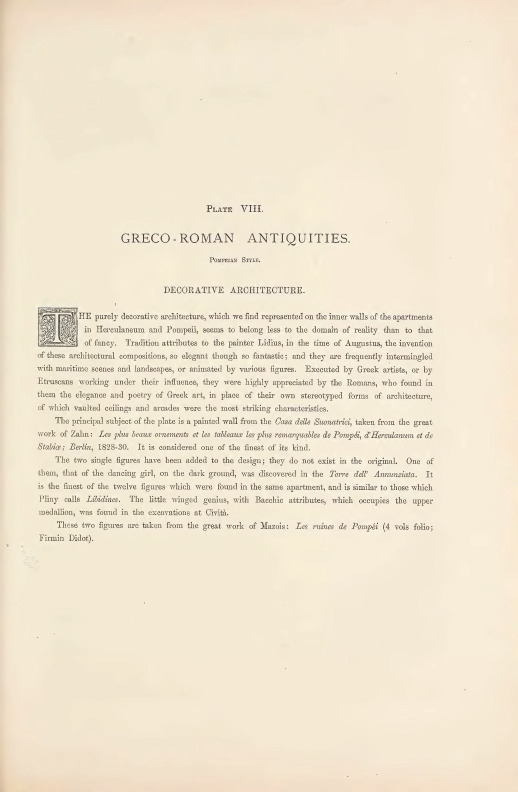
Albert Racinet's "Polychrome Ornament," 1869
PLATE VIII.
GRECO- ROMAN ANTIQUITIES.
POMPEIAN STYLE.
DECORATIVE ARCHITECTURE.
THE purely decorative architecture, which we find represented on the inner walls of the apartments in Herculaneum and Pompeii, seems to belong less to the domain of reality than to that of fancy. Tradition attributes to the painter Lidius, in the time of Augustus, the invention of these architectural compositions, so elegant though so fantastic; and they are frequently intermingled with maritime scenes and landscapes, or animated by various figures. Executed by Greek artists, or by Etruscans working under their influence, they were highly appreciated by the Romans, who found in them the elegance and poetry of Greek art, in place of their own stereotyped forms of architecture, of which vaulted ceilings and arcades were the most striking characteristics.
The principal subject of the plate is a painted wall from the Casa delle Suonatrici, taken from the great work of Zahn: Les plus beau, ornaments et les tableaux les plus remarquables de Pompei, d' Herculanum et de Stabice; Berlin, 1828-30. It is considered one of the finest of its kind.
The two single figures have been added to the design; they do not exist in the original. One of them, that of the dancing girl, on the dark ground, was discovered in the Torre dell' Annunziata. It is the finest of the twelve figures which were found in the same apartment, and is similar to those which Pliny calls Libiclines. The little winged genius, with Bacchic attributes, which occupies the upper medallion, was found in the excavations at Civita.
These two figures are taken from the great work of Mazois: Les ruines de Pompei ( 4 vols folio; Firmin Didot).
#art#1800s#1800s art#ancient history#antiquity#cultural art#illustration#Albert Racinet#ancient greek art#ancient art#ancient greece#greek#greco roman#roman art#ancient rome#design#19th century#19th century art
36 notes
·
View notes
Text

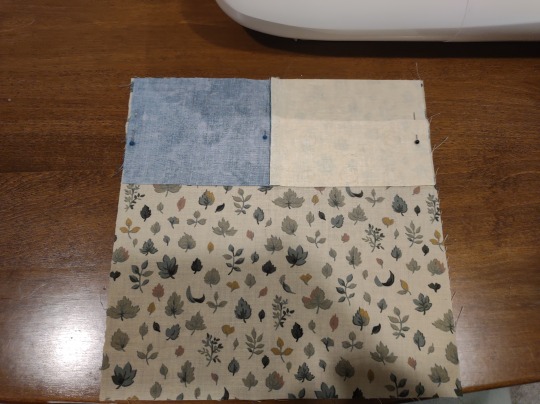







In addition to broadcasting my DJ mixes from aboard my spaceship and researching illustrations about ancient art, I also come down to the surface of Earth to quilt. It's a fun, creative hobby and I get to hang out with sweet older ladies on Saturdays who cheer each other on and uplift everyone. This is my most recent project. Top and back complete. I am taking this one to a quilter to add the batting and do the quilting.
#art#fiber art#fiber crafts#quilting#quilters of tumblr#sewing#textile art#fiber arts#cottagecore#cottage aesthetic#aesthetic#yellow#blue#quilts#quilt maker#quilt making#tumblr art#quiltblr#quilt block#tumblrstyle#tumblr style#tumblraesthetic
9 notes
·
View notes
Text
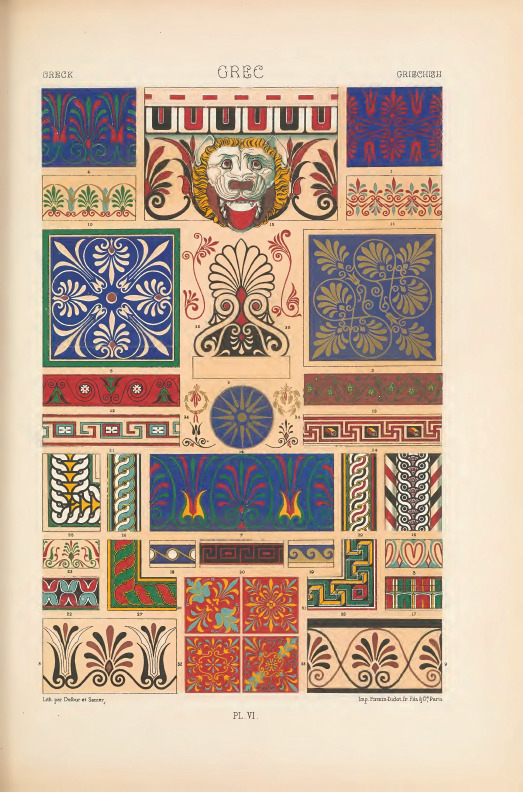

Albert Racinet's "Polychrome Ornament," 1869
PLATE VI.
GREEK AND GRECO-ROMAN ANTIQUITIES:
SPECIMENS OF POLYCHROMATIC DECORATION.
THE accompanying plate contains numerous specimens of polychromatic decoration, taken from various periods of Greek Art, commencing from the date of the monuments in AEgina, or the Parthenon, down to that which may be called the Greco-Roman period. The colours are copied from sketches by the most competent artists.
The following is a list of the subjects in the plate, Virith references to the authorities from which they are selected :-
Nos. 1, 2, 3.-Frieze and corona ornaments, from the restoration of the Parthenon, by M. Paccard. (Ecole des Beaux-Arts ; Roman section.)
No. 4.-Ornaments from the frieze of the Temple of tho Wingless Victory at Athens. (Lebas, Voyage archeologie en Grece et en Asie Mineure, I., pl. 8, No. 1.)
No, 5.-Ancient fragment from a panel of a corona. (Lebas, id., II., pl. 6, No. 1.)
No. G.-Antefixae from the Temple of the Wingless Victory. (Lebas, id,, I., pl. G.)
Nos. 7, 8, 9.-Ancient fragments from different monuments at Athens. (Lebas, id., I., pl. 8, No. 4 ; II., pl. 5, Nos. 1 and 11.)
No. 10.-Decorations over the entrance to the Temple of :Minerva Polias at Athens, from the restoration of that monument by M. Tetas. (Ecole des Beaux-Arts: Roman section.)
No.11.-Frieze ornament on the Temple at Paestum, from the restoration by M. Thomas. (Ecole des Beaux-Arts: Roman section.)
Nos. 12, 13.-Ornament on the Temple of Jupiter Panhellenius, at AEgina, from the restoration by M. Garnier. Exterior (12); interior (13). (Ecole des Beaux-Arts: Roman section.)
No. 14,-Star from the Propylaea. (Lebas, Hittorff, etc.)
No. 15.-Cymatium, forming a gutter, found among the ruins of a temple at Metapontum. (Metaponte, par M, le due de Luynes et F. S. Debacq, pl. 7.)
No. 16. -Face and soffit of an ornament in earthenware, serving as a covering for a beam, found at Metapontum. (Id., pl. 8.)
No. 17 . -Painted mouldings. (Hittorff, Architechire polychrome chez les Grecs, pl. 9, fig. 10, p. 767 .)
Nos. 18, 19.-Vitruvian scrolls.
Nos. 20, 21. -Meanders.
No. 22. -Painted ornaments on a sarcophagus found at Girgenti. (Hittorff, Architechire polycrome, pl. 9, p. 767.)
No. 23. -Coping of wall, and ceiling in the Temple of Nemesis at Rhamnus, (Hittorff, icl., pl. 10, fig. 9, p. 768.) No. 24.-Fragment of mosaic-work found in Sicily. (Hittorff, id., pl. 5, fig. 5, p. 761.)
Nos. 25, 26, 27, 29.-Interlaced ornaments. (Greco-Roman style.)
No. 28.-Meanders. (Greco-Roman style.)
Nos. 30, 31, 32, 33.-Ornaments in terra-cotta found at Pallazolle (Hittor:ff, pl. 7, fig. 1, 2, 3, p. 764), with the colouring given by the same author in his restoration of the Temple of Empedocles (pl. 2.)
No. 34.-Ornaments. (The same restoration, pl. 3.)
No. 35.-Palm leaves.
#art#1800s#1800s art#ancient history#Albert Racinet#antiquity#aesthetic#greek aesthetic#greek art#greek#ancient greek art#ancient greece#19th century#illustration#design#cultural art
5 notes
·
View notes

